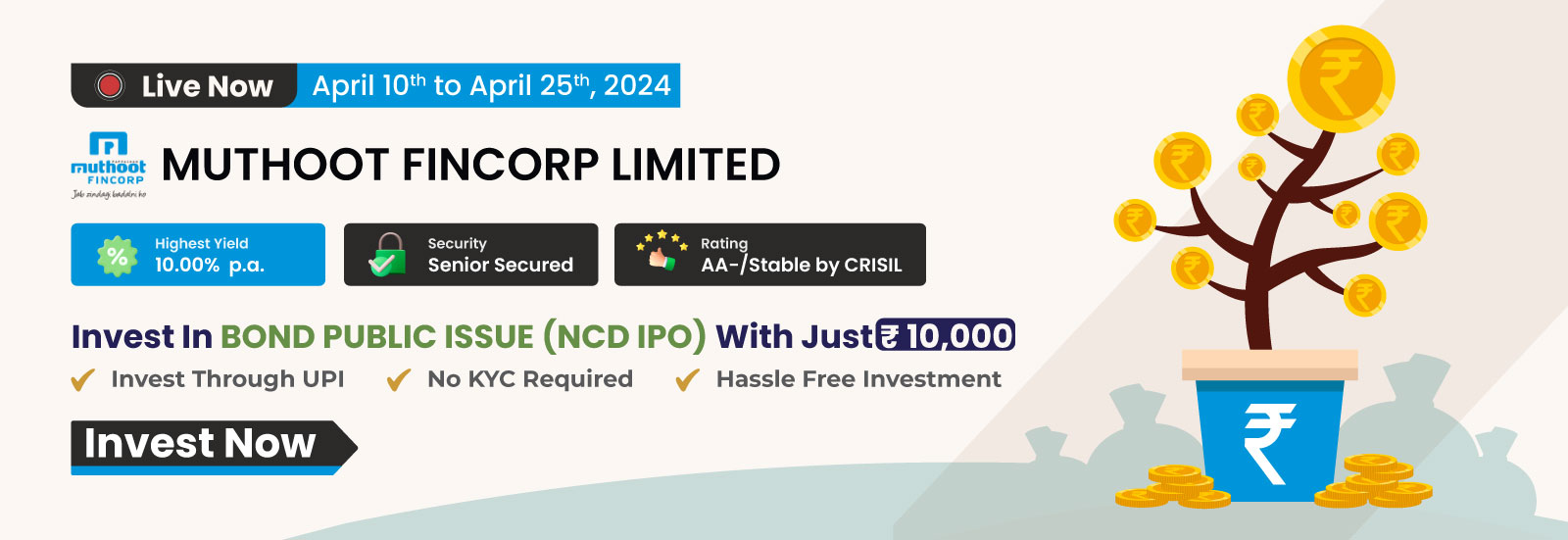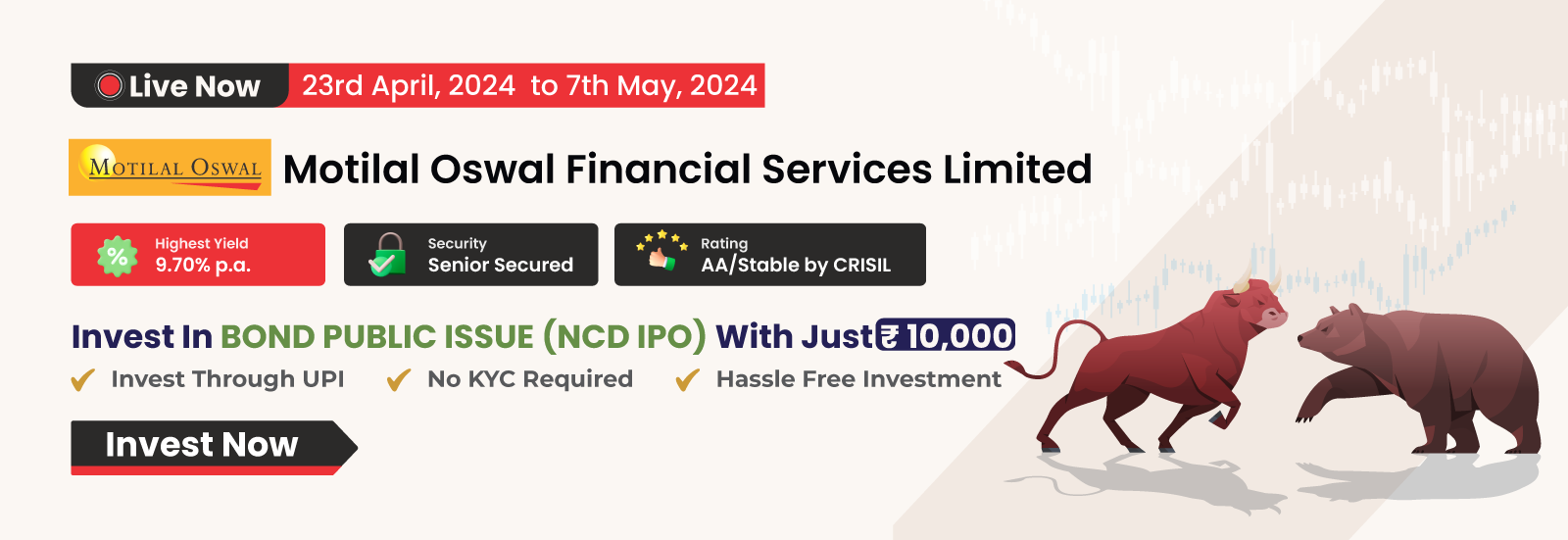Hand Picked Bonds
WHY INVEST IN BONDS?
Fixed-income securities provide steady interest income to investors throughout the life of the bond. Fixed-income securities can also reduce the overall risk in an investment portfolio
Regular Income Stream
Fixed-income securities provide investors with a steady stream of income
Low Market Volatility
Bonds carry very low volatility as compared to the prices of equity or mutual fund
Safety - Principal Protection
Investors benefit by preserving and increasing their invested capital.
Portfolio Diversification
Bonds enable efficient portfolio diversification and thus assist in portfolio risk-mitigation.
High Priority Claim To Assets
Investors in bonds have a higher priority over common and preferred stockholders
Zero Credit Risk
No default risk while investing in Govt Bonds
Understand the Fixed Income Market and why you should invest in bonds.

Learn From Bond Guru
News and Market Update
News Articles of Bonds

What makes TheFixedlncome.com a preferred investment platform
- Proven track record
- Transparent pricing
- Zero Brokerage
- No Transaction Charges
- Streamed line registration & investment process
- RBI/SEBI approved settlement mechanism
- Settlement through Stock Exchange/Clearing Corporations
- Online portfolio management and tracking
Testimonials
This is to formally record my appreciation of the cooperation and assistance rendered by The Fixed Income team in the conclusion of the Sale Deal. While the response during the Purchase of the Bonds was also good, it specially gladdened my heart to see that same effort put in during the Sale too.
Thefixedincome.com website is one of the best websites for investment into bonds / debentures as it offers a comprehensive collection of investment options across duration and credit parameters. The interface is easy to use and the onboarding process is seamless and easy to execute. The website gives a reasonable collection of publicly available information about the specific investment option, and gives the pricing transparently, with detailed cashflow.
With few companies providing access to retail investors, It's then that we came across The Fixed Income Team, a one stop solution for retail investors, it is led by a battery of highly charged & enthusiastic customer centric team. It's a full process, they first profile your risk appetite , your need & only then suggest the bond, while making sure you get it at real time price. I recommend that before investing do use their services & you won't be disappointed.
.png)


.png)


 10.75% AU SMALL
10.75% AU SMALL 11.25% LENDINGK
11.25% LENDINGK 11.10% ESAF SMA
11.10% ESAF SMA 12.50% UGRO Cap
12.50% UGRO Cap 12.90% Electron
12.90% Electron










